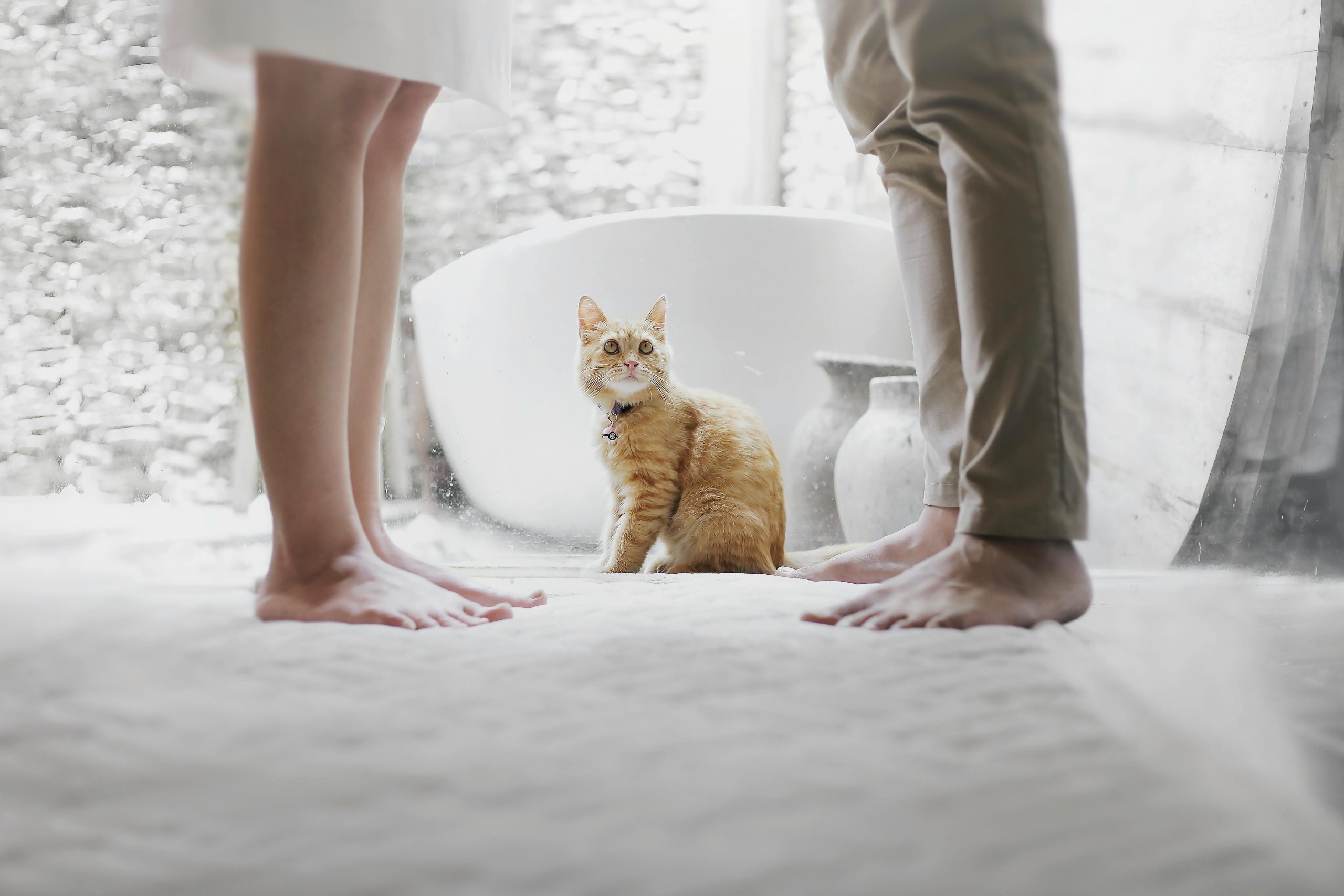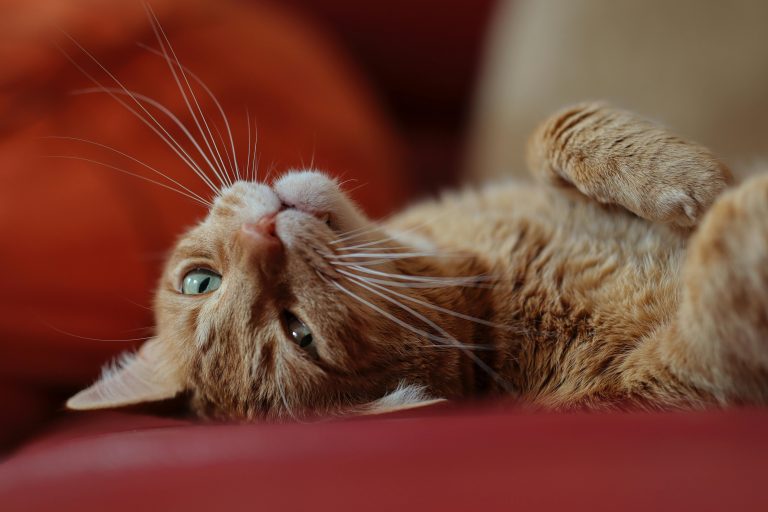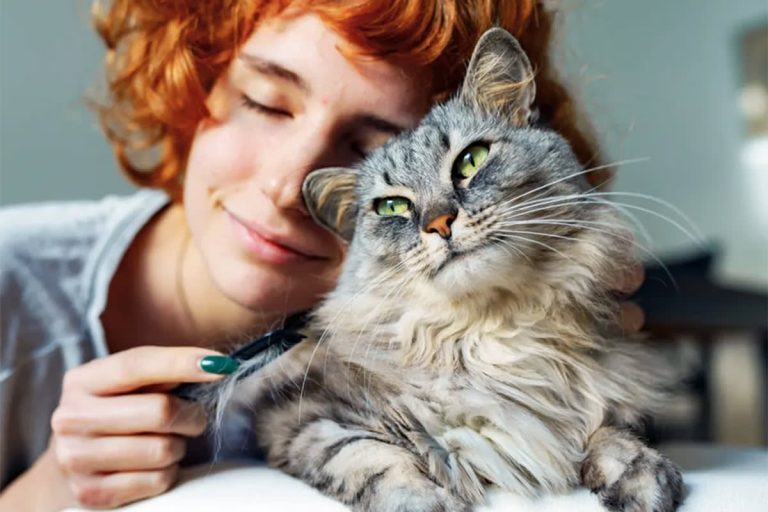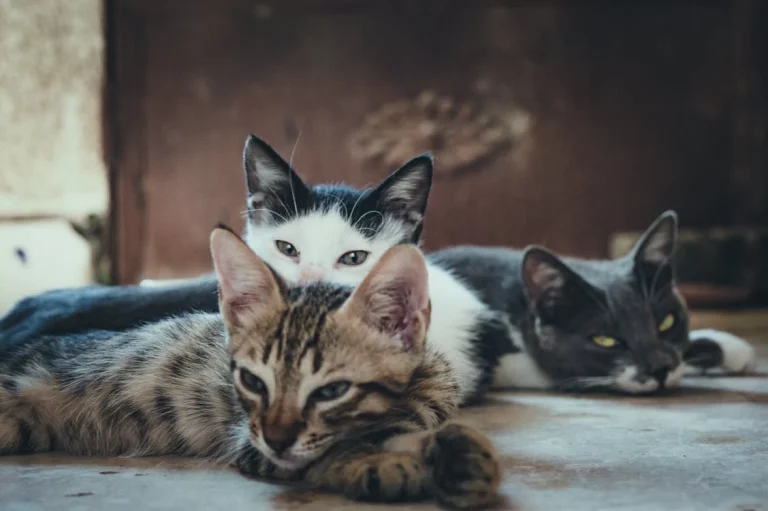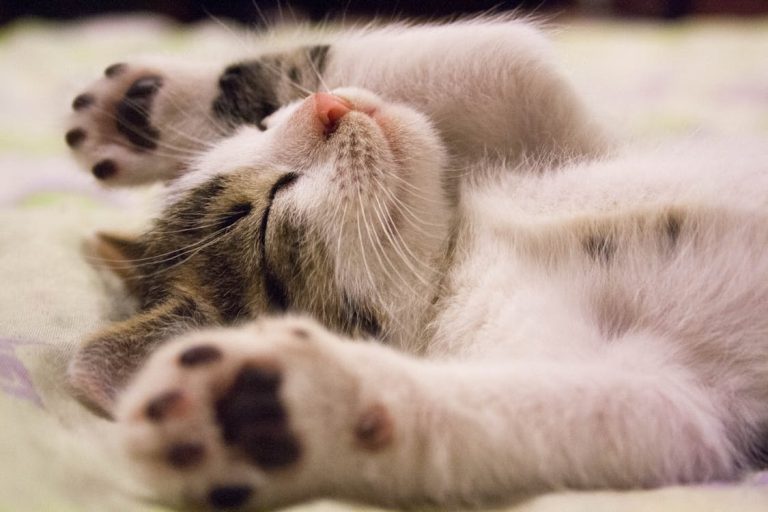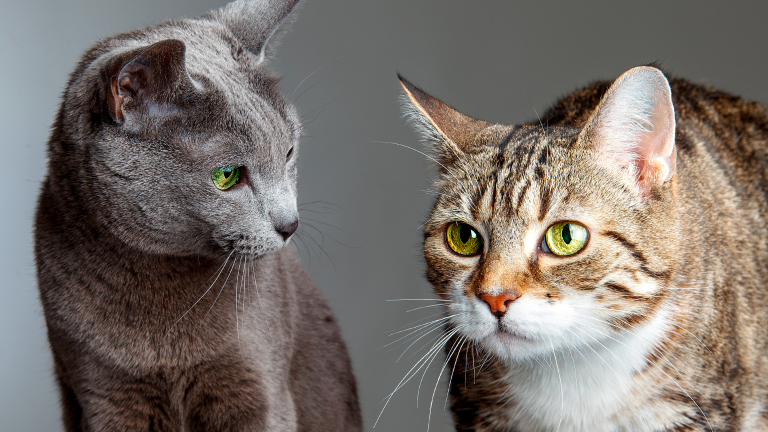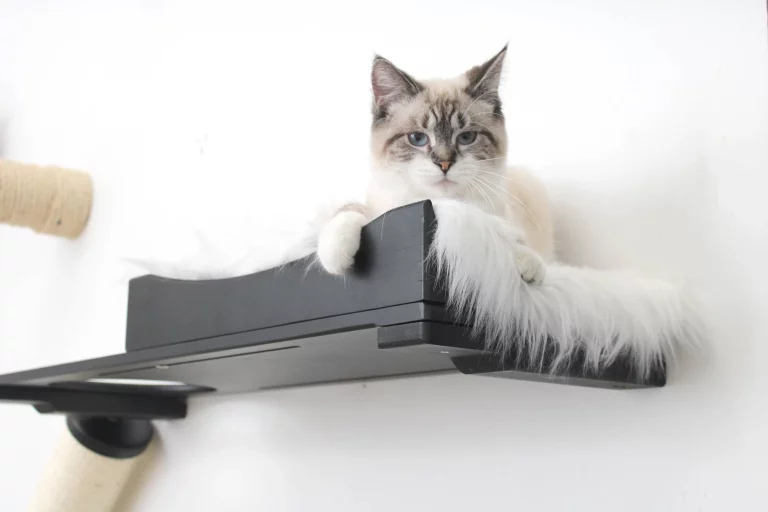Understanding Your Feline Friend: From Meows to Purrs
For thousands of years, cats have enthralled people with their enigmatic charm, elegant movements, and expressive personalities. Even though they can appear distant at times, each meow, purr, and tail flick reveals a tale. Gaining an understanding of your cat’s behaviour and communication is essential to developing a closer, more affectionate relationship with your feline companion. It goes beyond simple curiosity.
In order to help you better comprehend what your furry friend is truly trying to tell you, we’ll examine the interesting language of cats in this piece, including their vocalisations and body language.
1. The Language of Meows: Every Sound Has Meaning
Cats use a wide range of vocalizations to communicate, and not all meows are created equal. Unlike wild cats, domestic cats primarily “talk” to humans rather than to each other.
Here’s what your cat’s meows might mean:
- Short, quick meow: A simple greeting. Your cat is saying “hello” or acknowledging your presence.
- Multiple meows: Excitement or anticipation often heard when you’re about to feed them or open the door.
- Long, drawn-out meow: A request usually for food, attention, or playtime.
- Loud or demanding meow: “Hey, pay attention to me!” Cats use this when they want something urgently.
- Low, throaty meow or growl: A sign of discomfort, irritation, or a warning to stay away.
- Chirps and trills: Friendly, happy sounds, often used to get you to follow them or acknowledge something interesting.
By paying attention to tone, pitch, and repetition, you’ll soon start understanding your cat’s “vocabulary.”
2. Purring: The Sound of Contentment (and More)
Few sounds are as comforting as a cat’s purr. It’s often a sign of relaxation and happiness—when your cat curls up next to you, kneads your lap, and purrs softly, it means they trust and feel safe with you.
But did you know cats also purr in other situations?
- For comfort: Cats may purr when they’re anxious, injured, or in pain it helps soothe themselves.
- For healing: Studies show that the vibrations of a purr can promote healing and reduce stress.
- As communication: Kittens purr to let their mothers know they’re okay, and adult cats may do the same with their humans.
Purring is both emotional and physical it’s your cat’s way of saying, “I’m here, I’m okay, and I feel connected to you.”
3. Tail Talk: The Mood Barometer
A cat’s tail is one of the best indicators of its mood. From calm to cautious, every movement tells a story:
- Tail up and straight: Confidence and happiness. Your cat feels friendly and secure.
- Tail curved like a question mark: Playfulness.
- Tail low or tucked: Fear or submission.
- Tail puffed up: Alarmed or defensive your cat feels threatened.
- Tail swishing quickly: Annoyance or agitation. It’s best to give them space.
- Slowly swishing or twitching tip: Focus or mild irritation.
If you learn to read the subtle changes in tail position, you’ll gain insight into your cat’s emotional world almost instantly.
4. Body Language: The Silent Conversation
Cats express a lot through posture, movement, and even ear position. Here’s a quick breakdown of some common gestures:
- Ears forward: Alert and interested.
- Ears flattened: Fearful or angry.
- Arched back with raised fur: Defensive mode activated.
- Slow blinking: Trust and affection often called “cat kisses.” Try blinking slowly back; your cat may return the gesture!
- Exposing the belly: A sign of trust, but not necessarily an invitation to touch. Some cats enjoy belly rubs; others don’t.
- Head butting or rubbing: Marking you with their scent, claiming you as part of their “safe zone.”
Understanding these cues helps you respond appropriately and strengthens your emotional bond.
5. The Role of Routine and Territory
Cats are creatures of habit. They feel most secure when they have predictable routines and clearly defined territories. Sudden changes in environment, new pets, or unfamiliar visitors can stress them out.
Tips for creating a cat-friendly home:
- Maintain regular feeding and play schedules.
- Provide cozy hiding spots and vertical spaces (like cat trees or shelves).
- Use scratching posts to satisfy their natural instincts.
- Keep their litter box clean and in a quiet, accessible spot.
By respecting your cat’s space and rhythm, you help them feel safe and a secure cat is a happy cat.
6. Play and Interaction: Strengthening the Bond
Play isn’t just fun—it’s vital for your cat’s mental and physical health. Interactive play mimics hunting behaviors and allows your cat to release energy and tension.
Best play tips:
- Use toys that simulate prey, like feather wands or toy mice.
- Vary playtimes to keep things exciting.
- End sessions with a “capture” to give your cat a sense of accomplishment.
Remember, play is also a form of communication it builds trust, relieves stress, and deepens your bond.
7. Love in Every Purr: Building a Deeper Connection
Understanding your feline friend means listening with more than just your ears. Pay attention to their body language, routines, and subtle behaviors. Cats may not always show affection like dogs do, but they express love in their own quiet ways by sitting near you, rubbing against you, or purring softly while you’re close.
When you respond to their cues with patience and care, you create an environment where trust flourishes. And in return, your cat will give you one of the most rewarding forms of companionship a bond built on respect, understanding, and gentle affection.
Final Thoughts
Every cat is a unique individual with its own quirks and personality. Some are chatty and cuddly; others are quiet observers. The key is to pay attention, learn their language, and appreciate the ways they communicate.
From meows to purrs, tail flicks to slow blinks, your feline friend is speaking to you every day. All you need to do is listen.

